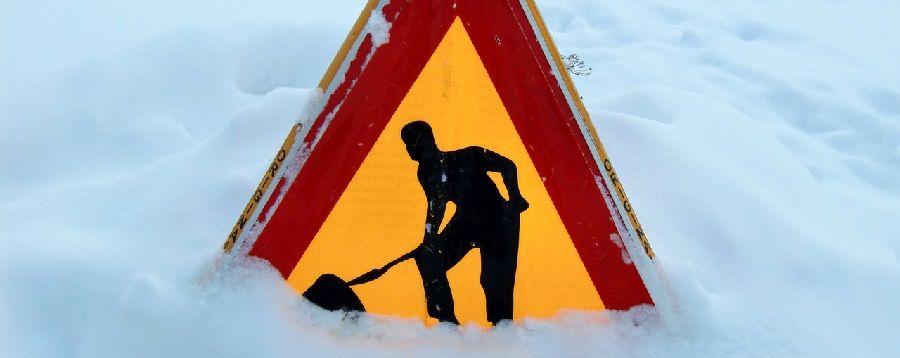
Safety Tip: Shoveling Snow

Much of the country is still reeling from record snowfalls in recent weeks. That means people everywhere are digging out their cars, homes and businesses – and injuring themselves in the process.
The Canadian Centre for Occupational Health and Safety (CCOHS) says shoveling snow is like lifting weights in freezing temperatures on uneven, slippery ground while wearing heavy clothing. Here’s the scoop on snow shoveling safety from our experienced neighbors to the north:
Safe Snow Shoveling
- Warm up first. Walk for a few minutes or flex and stretch.
- Allow enough time. People get hurt when they try to shovel in a hurry.
- Wear several layers of warm, lightweight clothing that lets you move comfortably.
- Spread salt, sand or kitty litter to create better traction if the ground is icy or slippery.
- Keep moving and work at a steady pace. Shovel only small, manageable amounts (1-2 inches) at a time.
- Protect your back by lifting properly and safely
- Walk to dump snow rather than throwing it. DO NOT twist at the waist or throw the snow over your shoulder or to the side.
- Recognize danger signs. Stop shoveling and call 911 if you feel discomfort or heaviness in the chest, arms or neck, or other signs of overexertion.
Pick the Right Snow Shovel
What about that shovel? Is it a snow shovel? Any other kind of shovel will make the job much harder. The important features of a shovel include:
- Weight: should be light weight but sturdy – about 1.5 kg (a little over 3 lbs).
- Length: the handle reach the user’s chest to reduce the amount of forward bending.
- Shaft type: shafts with a bend (versus a straight style) may be easier on your lower back when used correctly.
- Handle type: typically have a “D” shaped handle. Be sure the handle type does not force the wrist into awkward positions.
- Blade size/shape: choose the style that best matches the exact task. For example, a large push-style shovel will move large amounts of snow, but may result in lifting too much weight. A smaller blade shovel (25 to 35 cm or about 10-14 in) should be used for lifting and throwing snow. The smaller blade will decrease the weight that is lifted and decrease the risk of injury.

